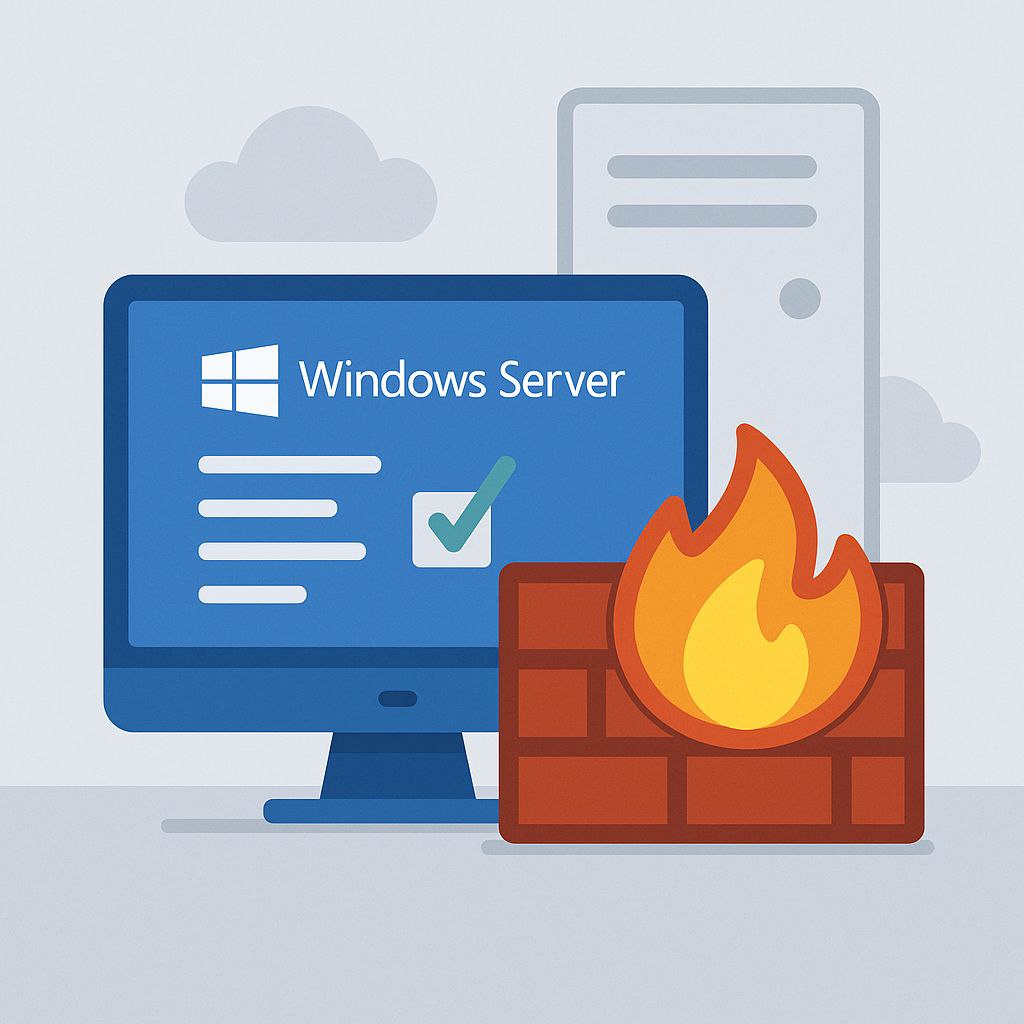VPS hosting is crucial for businesses, developers, and IT professionals. It allows them to optimize their virtual private server for their specific needs. Enhancing a VPS is like fine-tuning a high-performance engine. It involves addressing issues like improper resource allocation and outdated software or misconfigured settings.
Whether you’re managing a Linux VPS or a Windows server, understanding how to maximize server capabilities is key. This knowledge can make the difference between mediocre performance and fast, reliable services. In this guide, we’ll explore various techniques to ensure your VPS runs at its best today and maintains its edge over time.
Key Takeaways
- Evaluating and streamlining VPS hosting for peak efficiency.
- Key strategies to optimize VPS server configurations and applications.
- Importance of regular updates in virtual private server enhancement.
- Advanced tactics for boosting performance on both Linux and Windows VPS systems.
- Monitoring and maintenance: Pivotal for enduring VPS health and stability.
- Leveraging caching and CDN solutions for improved VPS response times.

Assessing Your VPS Needs and Current Performance
A thorough VPS performance evaluation is vital for identifying areas needing improvement and better VPS resource management. This section guides you through the process of evaluating your VPS’s configurations and capacities. It uses various performance benchmarks and server load analysis tools.
Regular evaluations are crucial for understanding your server’s current state and planning for future growth. IT administrators and webmasters must grasp the server’s current and potential loads. This knowledge is essential for maintaining smooth performance during busy times.
- Server Load Analysis: To identify obstacles that could potentially slow down your server, analyze real-time data on CPU, memory, and disk usage.
- Comparison of Server Performance: Employ industry-standard benchmarking tools to evaluate the performance of your server in relation to established standards. This comparison helps in determining how well your server stacks up against similar setups.
- VPS Resource Management: Effective allocation of resources ensures that each task or application running on your VPS gets its requisite share of system resources, preventing any one process from overwhelming the server.
Implementing thorough assessments not only elevates the operational capabilities but also enhances user experience by reducing downtime and improving response times. Starting with a clear understanding of your VPS capabilities through diligent performance benchmarks and server load analysis ensures that you can make informed decisions about resource allocation and system enhancements.
“Regularly assessing VPS performance should be an integral part of the management strategy to ensure high availability and efficiency of server resources.”
Adopting a proactive approach in monitoring and evaluating your VPS can lead to significant improvements in server performance and reliability. This lays a strong foundation for robust VPS resource management practices.
Optimization Techniques for Linux VPS Hosting
Improving Linux VPS hosting performance requires several key practices. These ensure efficient operation and robust security. This section covers essential optimization strategies, starting with regular system updates. It also includes thorough server and application settings adjustments.
Updating the System and Software Regularly
Regularly applying system updates is a fundamental of server optimization. These updates are essential because they frequently include performance improvements and corrections for security vulnerabilities. A secure and efficient server environment is guaranteed by maintaining the OS and software package, which includes server applications such as Apache and MySQL, at the most recent version.
Configuring Server and Application Settings
Optimal application configuration significantly boosts Linux VPS hosting efficiency. It’s essential to tailor these configurations to match the specific needs of the applications running on the server. For example, adjusting memory limits and execution times in PHP can greatly impact application performance under load. Fine-tuning Apache and MySQL can also help reduce memory usage and improve response times.
- Adjust Apache’s KeepAlive settings to improve connection handling.
- Configure MySQL’s cache sizes to better manage large databases.
- Optimize PHP settings based on the application’s requirement to balance load and performance.
Cleaning Up Unused Files and Services
Another critical aspect of maintaining an optimized Linux VPS is removing obsolete files and disabling unused services. This frees up valuable system resources and reduces potential security risks. Commands like sudo apt-get autoremove and tools like bleachbit can be used to keep the system lean and efficient.
- Regularly scan and clean up unused files and directories.
- Disable or uninstall services that are not in use to optimize resource allocation.
- Periodically review and optimize startup processes.
Implementing these techniques will not only boost the performance of the Linux VPS. It will also enhance its security and reliability, ensuring a robust platform for web applications.
Enhancements for VPS Windows Servers
Optimizing a VPS Windows server is key to boosting performance and efficiency. We’ll delve into essential strategies to refine your system. This includes disabling non-essential features and intensifying performance and resource allocation.
Disabling Unnecessary Services and Features
To start Windows server optimization, it’s vital to evaluate and disable services and features not essential for your server’s operation. These often include background services that can be turned off to free up resources. This improves server response times and efficiency.
- Print Spooler (if not used for printing)
- Windows Search Indexer
- Remote Registry
- Secondary Logon
Adjusting these settings can significantly reduce unnecessary load on your server. It allows for better allocation of resources where they are truly needed.
Performance Tuning and Resource Allocation
VPS performance tuning involves tweaking system settings and allocating resources based on workload demands. Proper resource allocation is crucial for maximizing a VPS Windows server’s efficiency. This includes assigning adequate CPU cores, memory, and storage based on application needs.
- Adjust the visual effects for best performance.
- Set the Page File size according to system recommendations.
- Allocate CPU resources via Windows System Resource Manager.
These adjustments ensure critical applications have priority access to resources. This boosts both performance and reliability.
By streamlining your VPS Windows and applying targeted resource allocation, you can achieve an optimized server. This supports your business goals without wasting capacity.
Ensuring Long-Term VPS Hosting Performance Stability
To keep your VPS hosting stable over time, a detailed plan is needed. This includes constant monitoring, regular maintenance, and smart upgrades like caching and CDN. These steps not only improve performance but also extend your VPS’s life.
Monitoring Tools and Services for VPS Health
Using strong server monitoring tools is key to tracking your VPS’s health. These tools offer real-time data to spot and fix issues early, ensuring your VPS stays stable. By watching CPU usage, memory, and network traffic, admins can keep their systems running at peak performance.
Implementing a Regular Maintenance Schedule
Regular VPS maintenance boosts system reliability. A consistent schedule for updates, security patches, and hardware checks reduces downtime and performance issues. This routine upkeep keeps your VPS secure and efficient, following the latest IT management standards.
Utilizing Caching and CDN for Improved Speed
Adding caching cuts down server load, making your site faster and more responsive. Using a Content Delivery Network (CDN) alongside caching further boosts performance. It lowers latency and speeds up content delivery worldwide. This combo not only enhances speed but also ensures a smooth user experience, vital for success in today’s digital market.
Conclusion
In this guide, we explored the complex world of VPS hosting optimization. We shared strategies to boost your virtual private server’s performance. These tips apply to both Linux and Windows servers. We covered essential updates, configurations, server cleanup, and resource allocation.
Effective server management is key to success. A server needs regular maintenance to stay efficient. Using monitoring tools and a maintenance schedule ensures your server’s long-term health. This proactive approach prevents problems and keeps your server running smoothly.
This VPS hosting optimization guide is your roadmap to a better hosting experience. By following our advice, from initial setup to caching and CDN solutions, you’ll see big improvements. Remember, optimization is an ongoing process. Stay updated with the latest VPS technologies and best practices. Your server’s performance and reliability will greatly improve.


